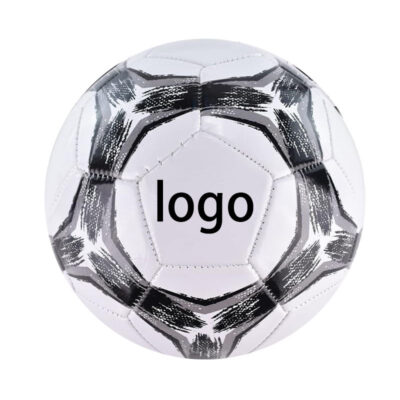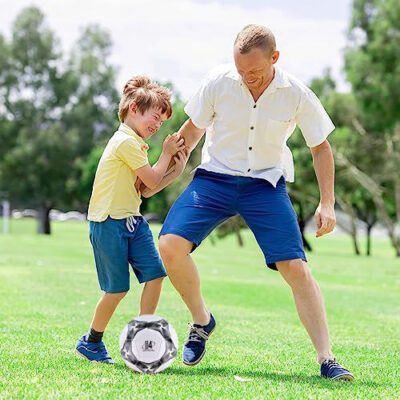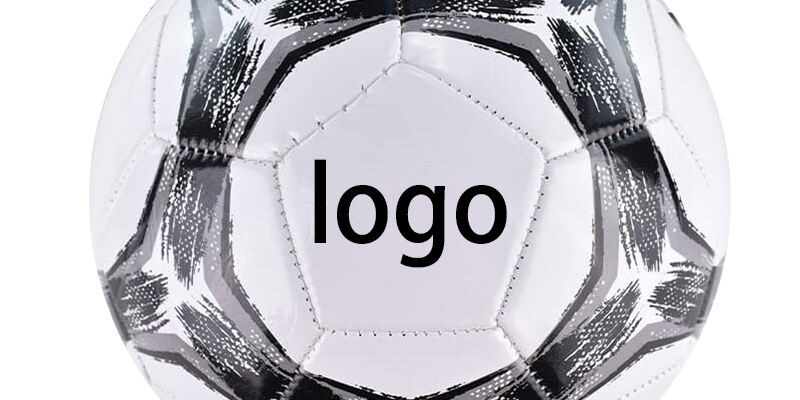⚙️ Understanding the Two Manufacturing Techniques
When it comes to professional football production, two main technologies dominate the market — hand-stitched and thermo-bonded construction. Each has distinct performance characteristics that affect durability, water resistance, and feel on the pitch.
Hand-stitched footballs use heavy polyester or Kevlar threads to join 32 panels. This classic method ensures excellent sphericity and flexibility but may absorb water in wet conditions. On the other hand, thermo-bonded footballs are heat-sealed, creating a seamless surface for aerodynamic precision and consistent trajectory.
For brands seeking mass customization and professional-grade quality, collaborating with reputable Football Manufacturers ensures reliable stitching standards, bladder consistency, and uniform air retention.
🧪 Durability and Water Resistance Testing
In modern manufacturing, the shift toward thermo-bonding is driven by FIFA Quality Pro testing standards. These balls undergo air retention, shape recovery, and water uptake tests to simulate real-match conditions.
Hand-stitched balls typically show excellent flexibility but can slightly deform over time if not stored correctly. Thermo-bonded balls, however, maintain form and performance across temperature and humidity changes — making them ideal for high-level competition.
If your target market includes academies, training centers, or club stores, check out our Footballs Wholesale collection for diverse panel materials and customized branding options.
🎯 Cost, Customization, and Market Positioning
From a cost perspective, hand-stitched footballs remain the preferred option for promotional and training purposes due to affordable labor and high customization freedom. Thermo-bonded balls, although costlier, deliver superior long-term value and lower warranty returns.
For OEM brands, choosing between the two methods often depends on your audience segment — budget-friendly vs. performance-driven buyers. Understanding your buyer’s needs and local climate conditions can make all the difference in your sourcing decisions.
🧩 Conclusion
Both thermo-bonded and hand-stitched footballs have their unique appeal. Thermo-bonded models excel in precision and consistency, while hand-stitched options stand out for affordability and tactile feedback.
Whether you’re launching a new brand or expanding your catalog, working with certified manufacturers helps you balance cost, quality, and customization for your football line.










